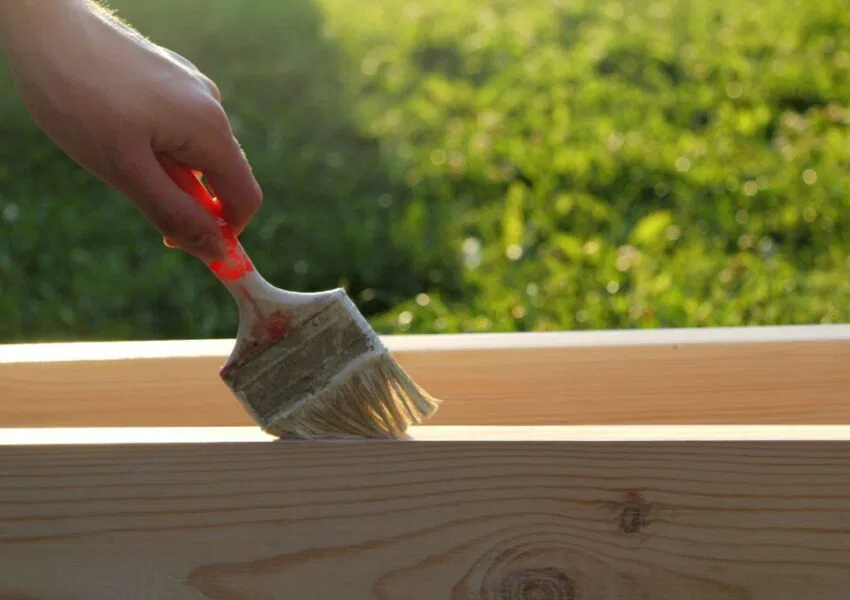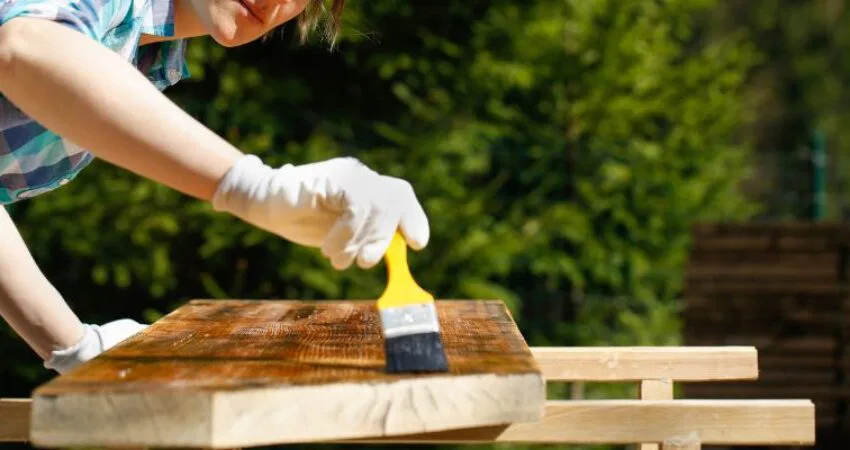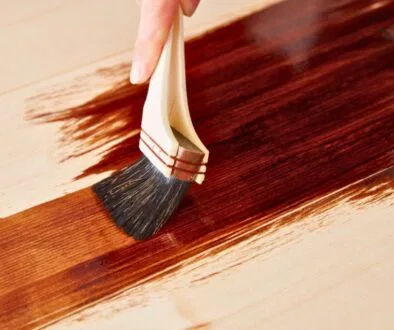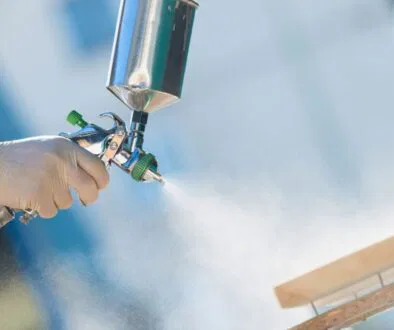How To Treat Wood? A Step-By-Step Guide To Preserve The Wood

Published August 15, 2024
Wood treatment is an essential practice for anyone aiming to extend the life and enhance the beauty of their wooden structures. Whether you’re an experienced woodworker or a DIY enthusiast, understanding the fundamentals of wood treatment can make a significant difference.
This step-by-step guide will provide you with comprehensive insights into various wood treatment methods, helping you preserve your wood effectively.
Importance of Wood Treatment
Wood, being a natural material, is susceptible to environmental factors like moisture, UV radiation, insects, and fungi. Untreated wood can swell, warp, decay, and deteriorate over time. By treating wood, you protect it from these elements while enhancing its durability, strength, and aesthetics.
Why Do We Need To Treat Wood?
- Durability and Longevity: Guarding wood against insects, rot, and decay to extend its useful life.
- Reduce Water Absorption: Sealing the wood’s surface or altering its internal structure to prevent swelling and warping.
- Dimensional Stability: Minimizing the wood’s tendency to warp, swell, or shrink due to humidity and temperature changes.
- Improved Strength: Enhancing the wood’s structural integrity for various applications.
- Aesthetics: Enhancing the natural beauty of the wood through stains and oils.
- Resistance to UV Light: Preventing damage from sun exposure which can cause greying and weakening.
Step-by-Step Wood Treatment Methods
Pressure Treatment
Pressure treatment is one of the most common methods for treating wood, especially for outdoor use. It involves injecting chemical preservatives into the wood under high pressure.
Steps:
- Preparation: Chemical preservatives are prepared for application.
- Placement: The wood is placed inside a sealed autoclave.
- Vacuum Creation: A vacuum is created within the autoclave to remove air from the wood cells.
- Injection: An impregnating agent is pressure-injected into the wood cells.
- Drainage: Excess liquid is drained off.
- Fixation: The wood undergoes impregnation fixation in a well-ventilated, covered area.
While pressure treatment offers strong protection, regular maintenance and additional treatments are necessary to ensure long-term durability.
Advanced Wood Treatment Techniques
For those looking to experiment with more sophisticated methods, advanced treatments like tung oil, linseed oil, Danish oil, and wipe-on oil offer distinct benefits.
Tung Oil
- Preparation: Clean the wood surface thoroughly.
- Application: Apply tung oil using a brush or cloth.
- Drying: Allow each coat to dry completely before applying the next.
- Reapplication: Apply multiple coats for a durable, water-resistant finish.
Linseed Oil
- Preparation: Clean the wood surface.
- Application: Apply boiled linseed oil evenly across the surface.
- Drying: Let the oil dry thoroughly.
- Reapplication: Apply additional coats as needed.
Danish Oil
- Preparation: Clean the wood surface.
- Application: Apply Danish oil using a brush or cloth.
- Penetration: Allow the oil to penetrate deep into the wood.
- Drying: Let each coat dry before applying the next.
- Maintenance: Reapply every two years for outdoor furniture.
Wipe-On Oil
- Preparation: Clean the wood surface.
- Application: Apply wipe-on oil using a cloth or brush.
- Drying: Allow the oil to dry between coats.
- Reapplication: Maintain the finish by reapplying as needed.
Manual Oil Treatment
Manual oil treatment enhances the wood’s natural beauty and provides a protective barrier against moisture and UV damage.
Steps:
- Cleaning: Start by cleaning the wood to remove any dirt or grime.
- Selection: Choose an appropriate oil based on the wood type and desired finish (e.g., Natural Woodstain Oil).
- Application: Apply the oil using a brush or cloth, following the manufacturer’s instructions.
- Wiping: Wipe off excess oil and allow the wood to soak in the oil.
- Drying: Let the wood dry completely.
- Maintenance: Reapply the oil periodically (at least once a year) to maintain the wood’s protective qualities and appearance.

Common Mistakes in Wood Treatment and How to Avoid Them
Inadequate Maintenance
Regular cleaning and reapplication of treatments are vital to maintaining the wood’s quality and appearance. Over time, treatments can wear off due to environmental exposure, so periodic maintenance helps ensure long-term protection.
Wrong Treatment Choice
Choosing the right treatment is crucial as different types of wood and their intended uses require specific treatments. For instance, outdoor wood needs treatments that protect against moisture and UV rays, while indoor wood may need less intensive options.
Improper Preparation
Cleaning and drying the wood thoroughly before applying any treatment is essential because any dirt or moisture can prevent the treatment from adhering properly. This step ensures that the protective substances penetrate the wood evenly and effectively.
Rushing
Allowing adequate drying time between coats is necessary to prevent wrinkles and ensure an even finish. Rushing this process can compromise the protective qualities of the treatment and affect the wood’s appearance.
In Summary
Understanding and applying the correct wood treatment techniques can significantly extend the life of your wooden projects while enhancing their beauty. Always follow manufacturer guidelines and don’t hesitate to seek professional advice if needed. With proper care and maintenance, your wood can remain strong, beautiful, and durable for many years to come.
Hire The Timber Experts For Your Next Project
Vintage & Specialty Wood should be your source of the highest quality timbers from around the world. When it comes to fabricating and installing reclaimed wood or specialty wood products in your home, we don’t cut corners. We offer many reclaimed wood and specialty wood products such as Douglas Fir, white oak, and much more. We also offer timber framing and wood flooring services as well. Contact our team today to speak to a timber expert about what Vintage & Specialty Wood can do for you.

This Blog Is Fact Checked
This content has undergone meticulous fact-checking by our team of internal experts. Gain a deeper understanding of the high editorial standards we uphold on our website here.

About The Author
Experience, exploration, and knowledge are the hallmarks of writer Rei Bayucca. Her dedication to crafting articles that both inspire and educate will leave you thinking long after you’ve finished reading.




